Assignment 3 Report
Introduction
Imagine owning your own private museum and being able to freely go through all the art pieces at your own pace supplemented with complete textual and audio information for each piece. The opportunity to explore at one's pace is believed to not only enrich the experience but also improve the visitor’s memory retention for it becomes much more personalised.
With the help of VR technology, specifically with the help of Quest 2 for this project, visitors can enrich their museum exploration experience and enhance their learning with the ability to inspect 3D models in details with fun and ease. The 3D models also feature virtual noticeboards that explain more about the object they are inspecting so that the students can obtain more insights about the object rather than merely looking around. Lastly, the background music also brings an exciting positive atmosphere to the exploration.
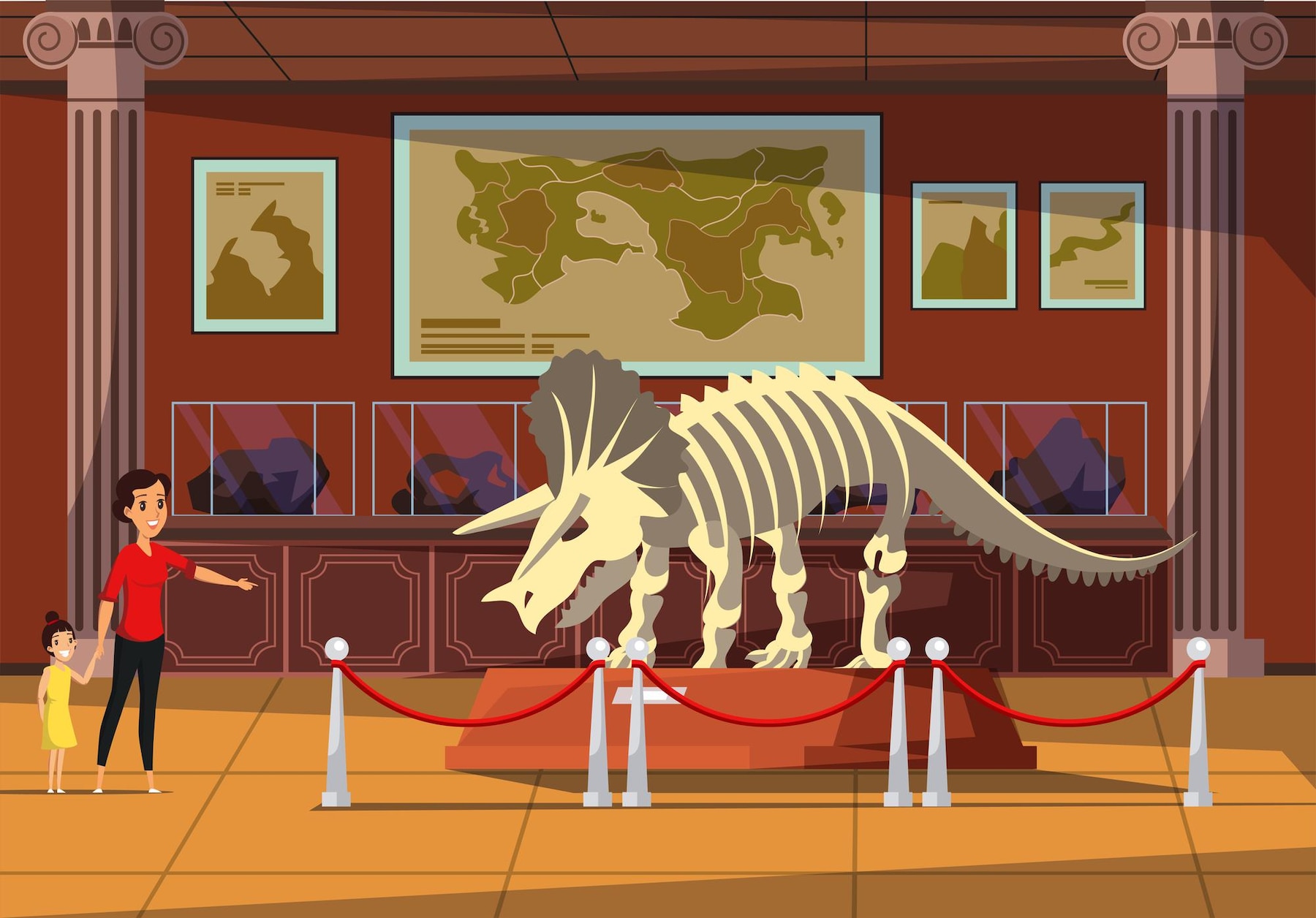
https://img.freepik.com/free-vector/woman-with-kid-museum-cheerful-mother-daught...
Pitch Video
Application Description
With the help of VR technology, the app is able to elevate the museum exploration experience by simulating a 3D environment from the ground-up with detailed 3D models side-by-side so that the visitor can freely and easily observe the art pieces and get a richer understanding of their background information and even relative sizes.
Duality of Virtual Interface
The virtual reality interface brings the technology side (via the Occulus Quest 2 Headset along with its controllers) and the experience side (mimicking people’s natural ability to walk/circle around objects and inspect them). This creates an affordance of a life-like and intuitive viewing experience as if you are in a real physical museum.
Human Computer Design Process
- The interface problem
- In a normal museum, visitors can only enjoy the full experience if there is a tourguide or an expert to show you around. Even with physical information boards/panels beside each respective art piece, the information provided can be lacklustre or very limited (usually a one-page content) due to spacing issues at actual museums with so many artpieces.
- When there is foot traffic, it could also discourage the visitor to go the extra mile to observe the actual art piece or read the panels, hurting the overall experience.
- The visitor has no say in setting the servicespace (music, lighting, the amount of visitors allowed, etc).
- Requirements of the interface solution
- An accurate and detailed 3D representation of the real world objects or pieces are needed to instil a good mental foundation of how visitors understand the space and relative sizes in the virtual museum.
- Ability to circle around the object and inspect very closely
- Visual aids (Virtual sign boards explaining what the object is about)
- Audio aids (The application can also maintain the voice delivered explanations of the objects like in a real museum tour)
- Occulus Quest 2 headset and controllers
- Ability to self-pace themselves with their inspection of the models and find information by themselves on their own sessions (No more foottraffic and pacing issues)
- Suitable interface technologies
- To mimic the real-life museum experience with all the bells and whistles provided by the VR technology, the use of both the audio enabled visor and controllers appear to be the most appropriate.
Interaction Design
Storyboard

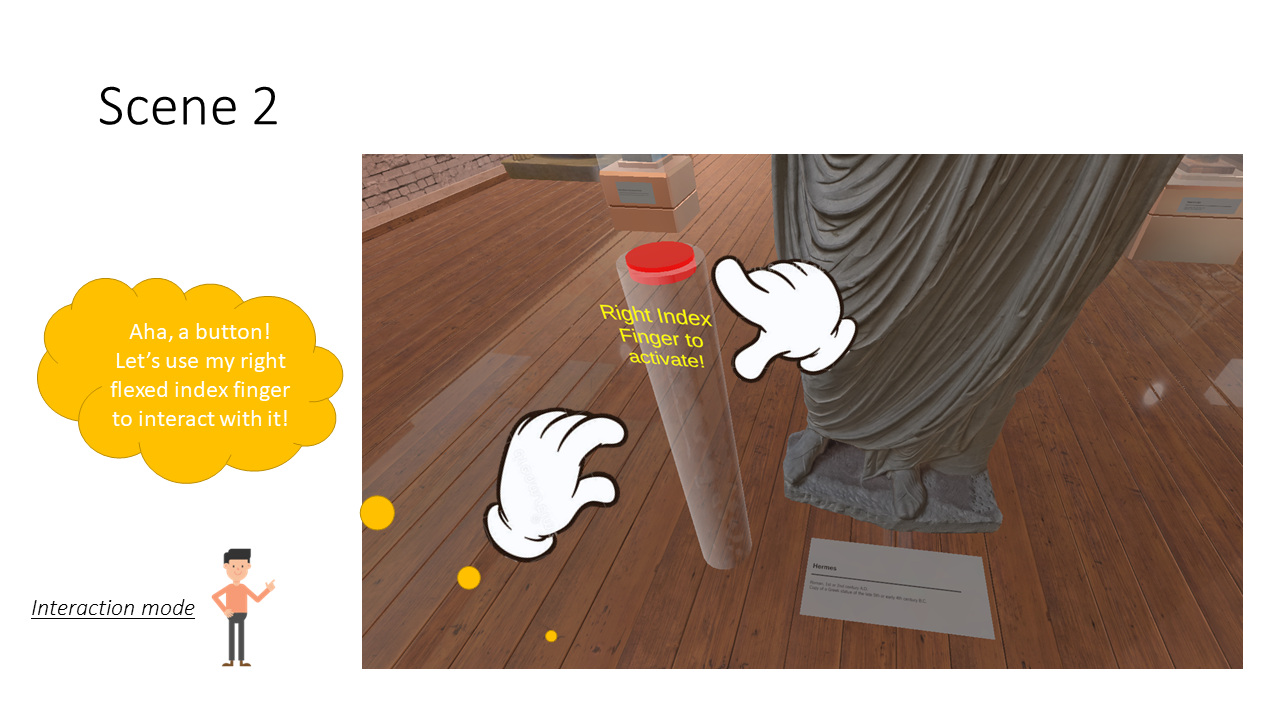
Technical Development
The application requires just a VR headset and controllers (Occulus Quest 2 for this project) to fully enjoy the museum exploration experience. The 3D models both the room and its 3d models (all in FBX format) are scaled to real-life sizes with detailed textures and shaders.
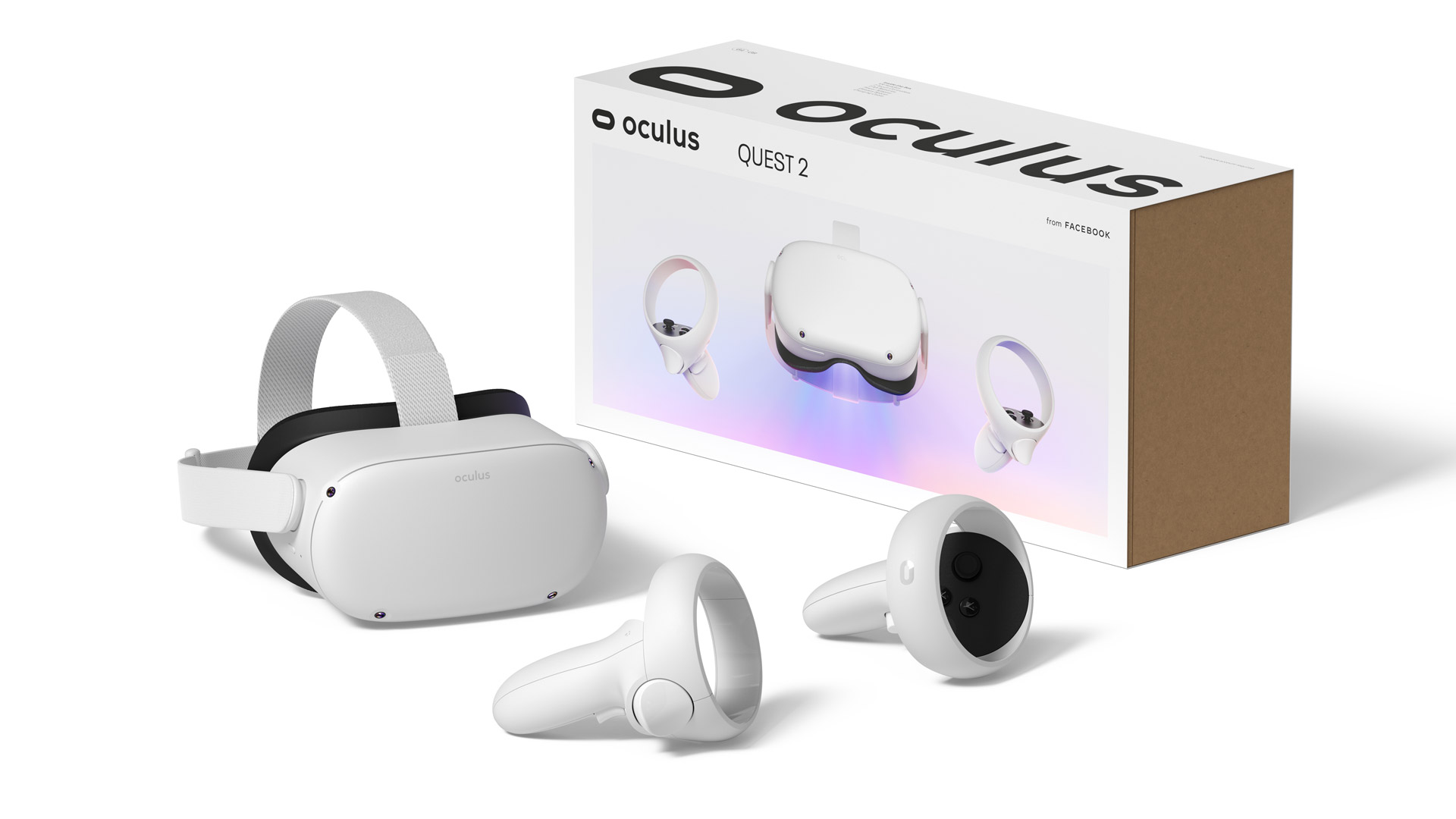
Occulus Quest 2

3D models all rendered in details with appropriate lighting
Engagement
The application uses OVR Plugin and Oculus Integration package via Asset Store for the Occulus Device (Headset and controllers) for its navigation, locomotion and basic intereactio with the 3D environment.
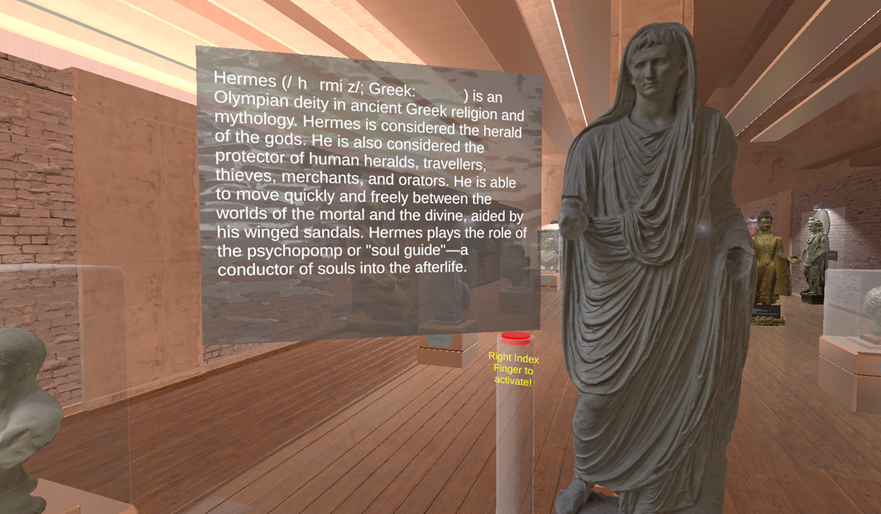
Information panel/board explaining what the art piece is about.
Under the same engine, it also utilises collision trigger events when the VR hands interact with certain objects with different ways (e.g, flexing/pointing the right index finger and touching the button. This helps the user to toggle the information panel on and off.
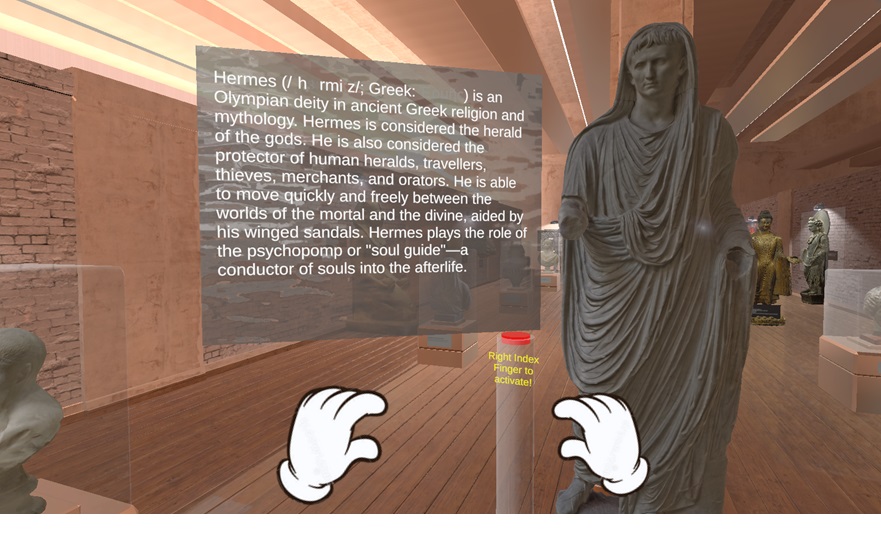 | 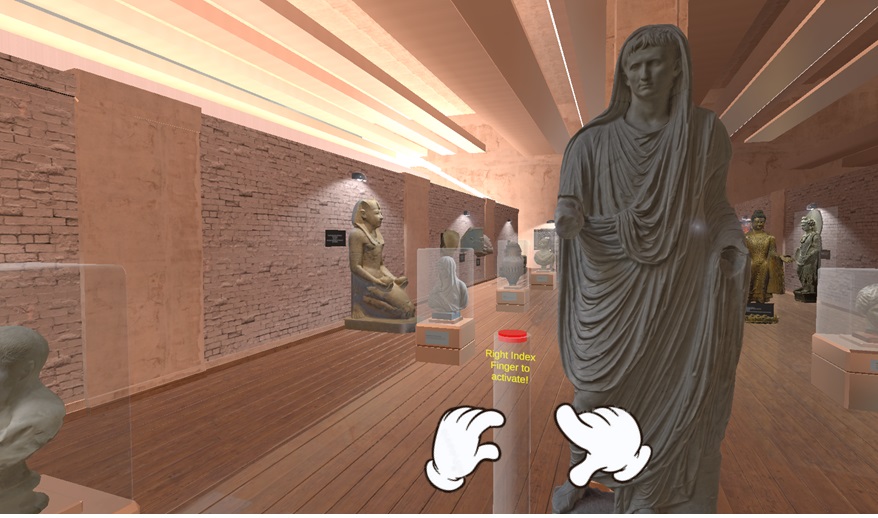 |
| The player gets the noticeboard up by pressing the red button with his/her right "POINTED" index finger | Similarly, the player gets rid of the noticeboard by pressing the red button again with his/her right "POINTED" index finger |
Descriptions of 3D Models
All 3D models were extracted from the following Unity Store Asset Packs:
1. Showroom Environment
2. Museum VR Asset Pack Vol. III
In summary, each model represents an art piece that is either under Egyptian, Asian background or Greek/Roman. There is a total of 32 main models ranging from statues, paintings, showcase glassboxes and lamps.
| Asian | ||
 | 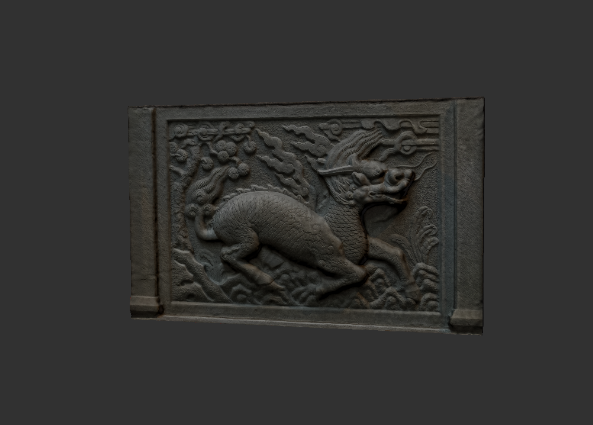 | 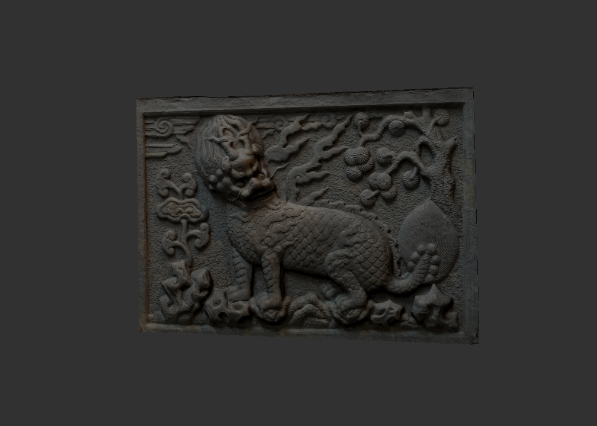 |
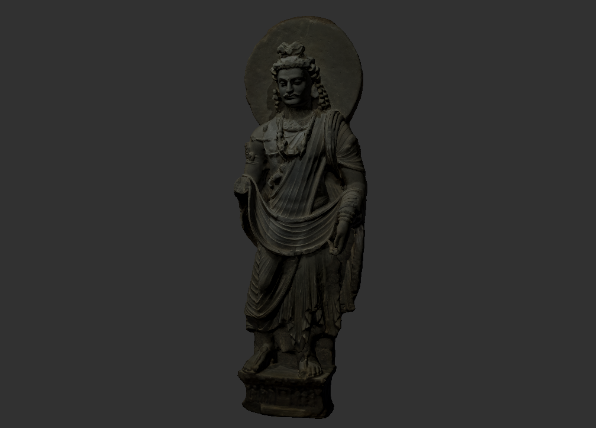 | 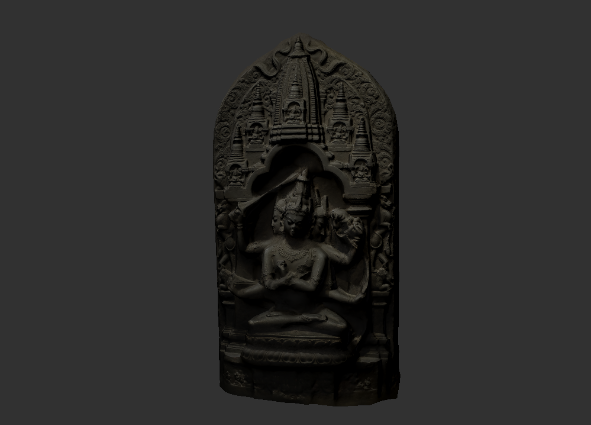 | 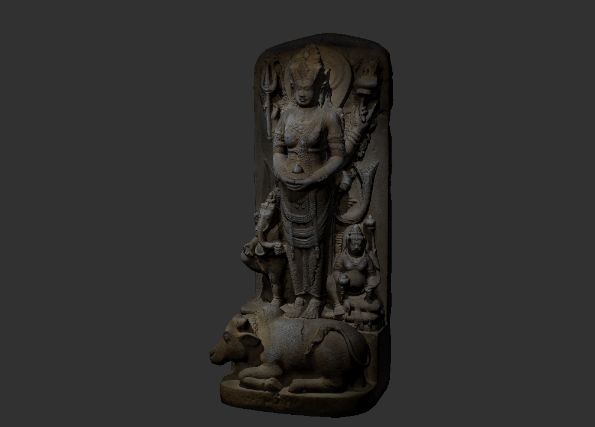 |
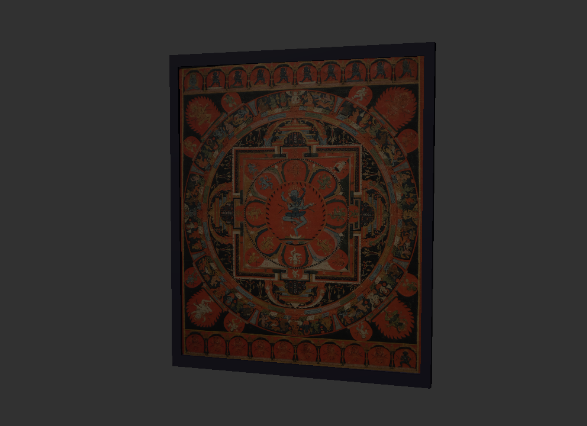 | 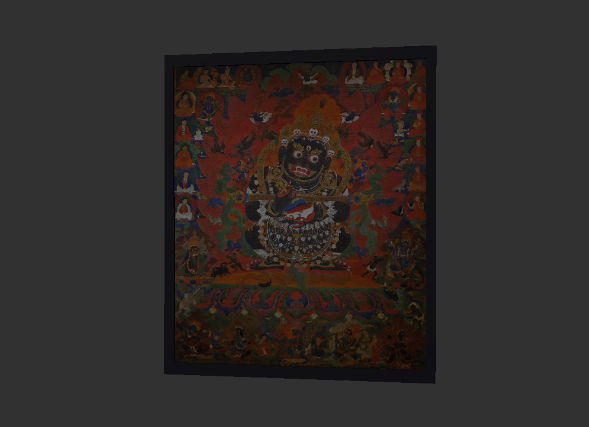 | 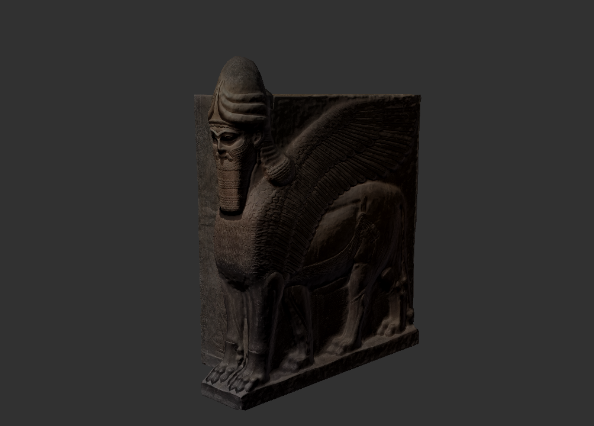 |
 | ||
| Egyptian | ||
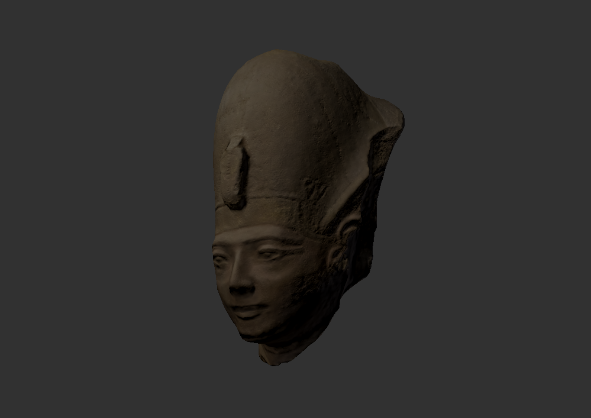 | 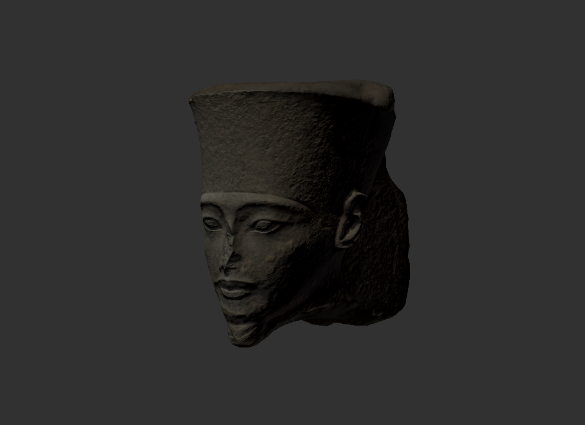 | 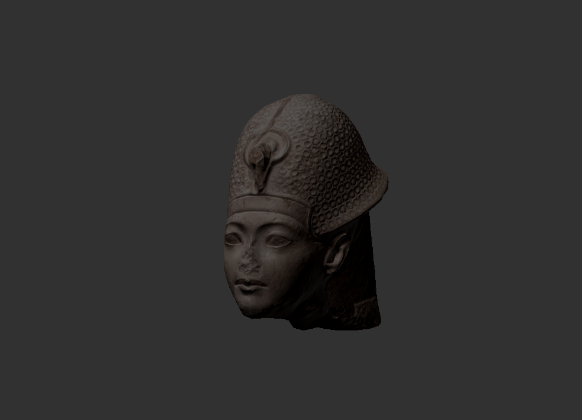 |
 | 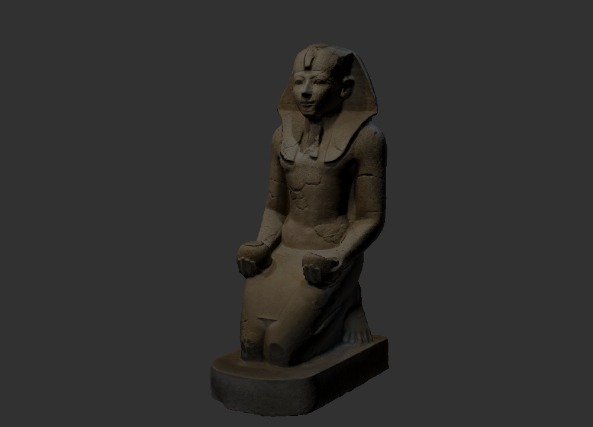 | 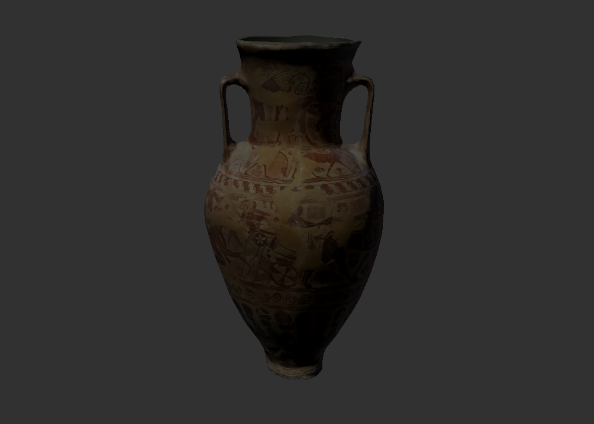 |
| Greek/Roman | ||
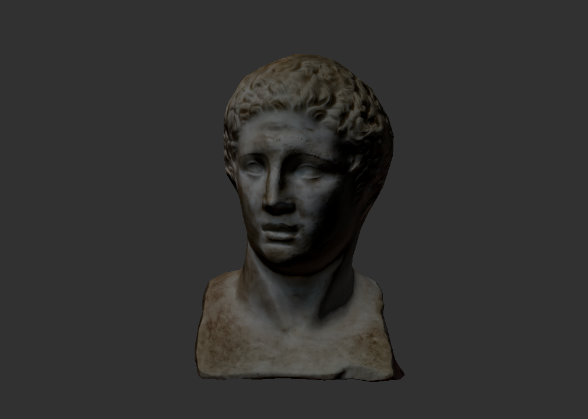 |  | 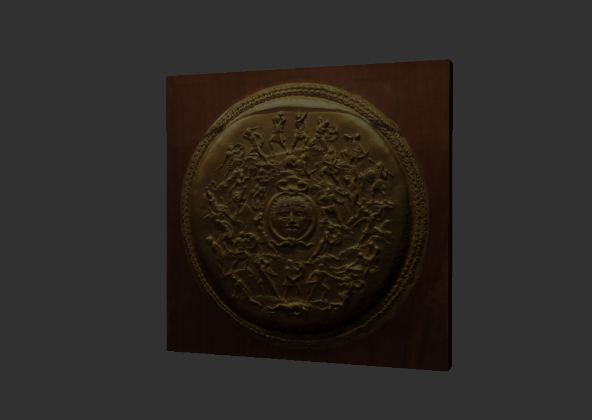 |
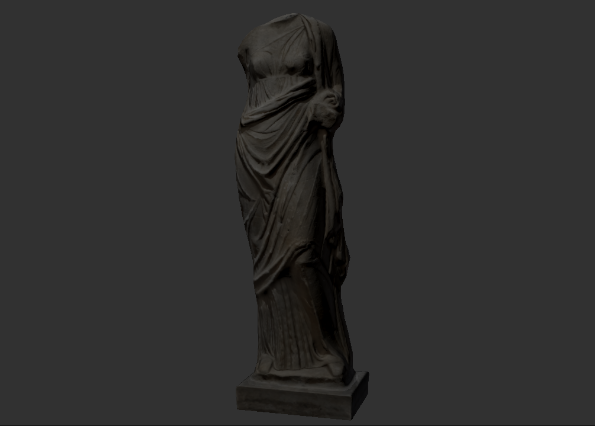 | 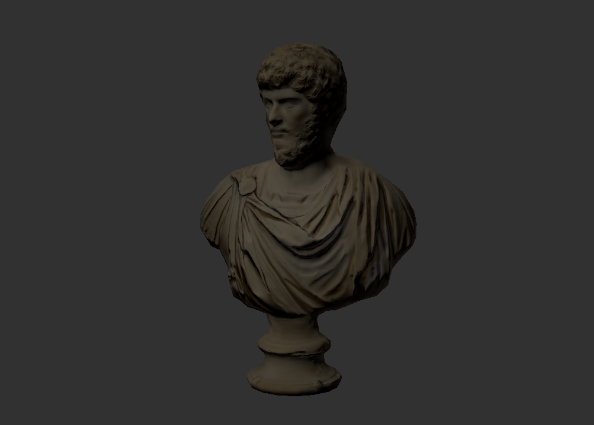 | 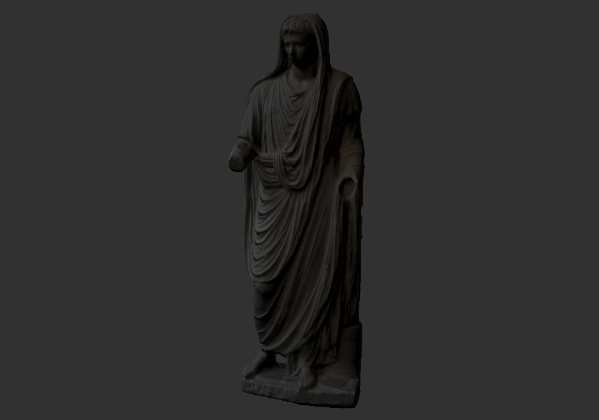 |
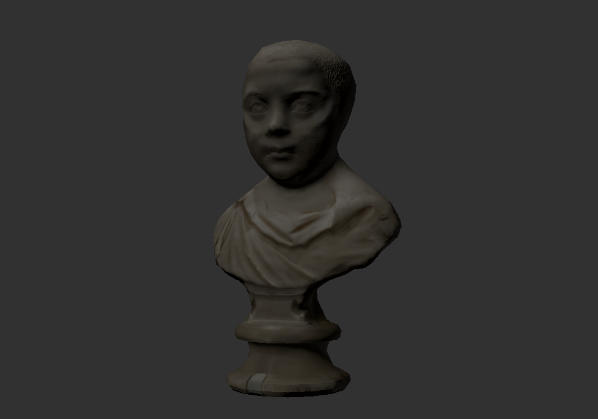 | 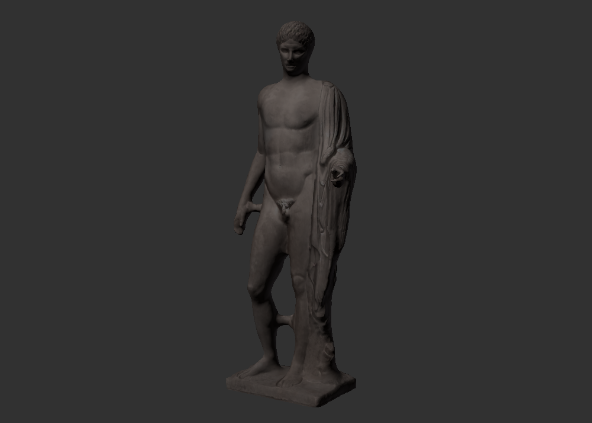 | 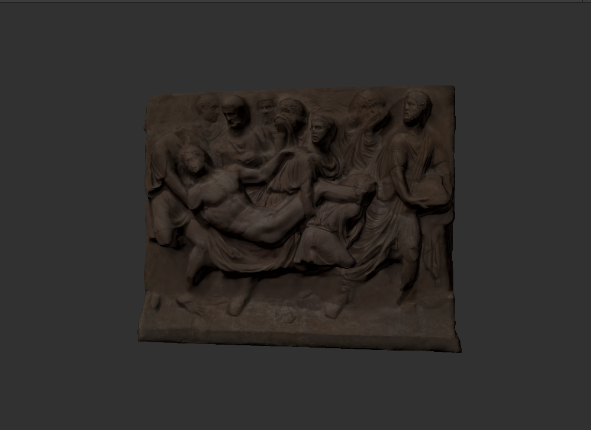 |
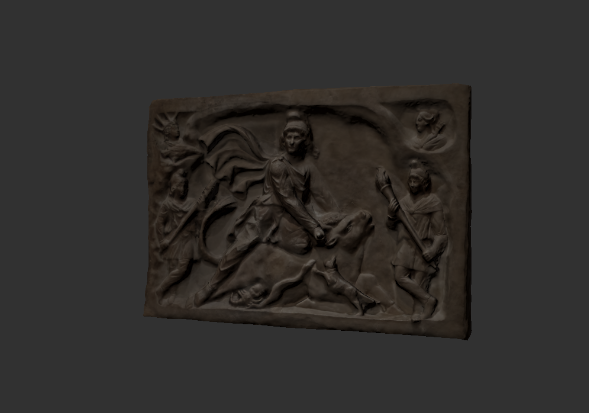 |  | 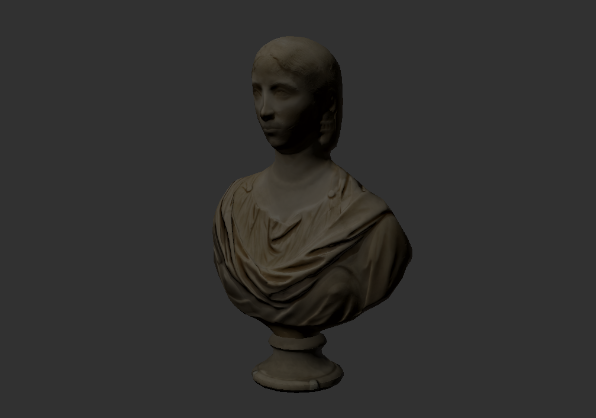 |
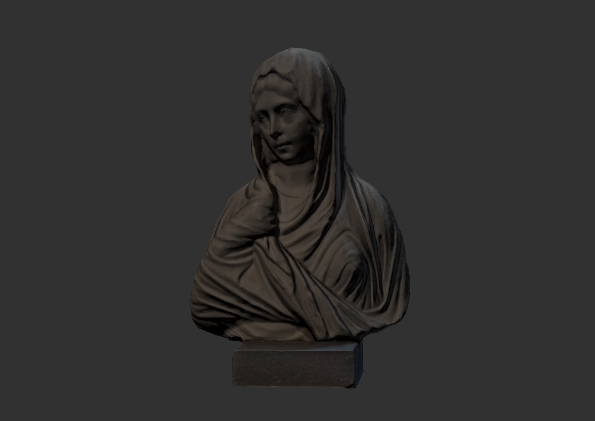 | 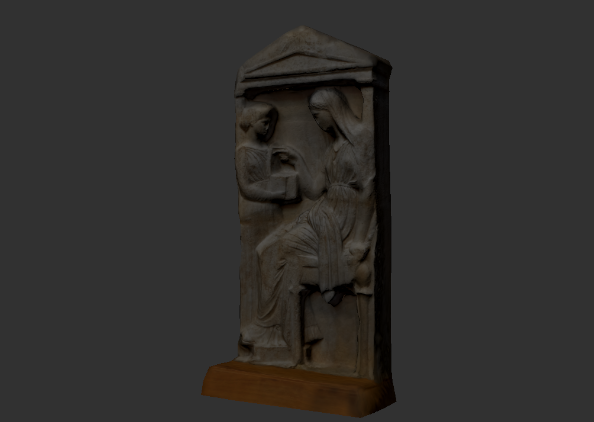 | |
| Misc items | ||
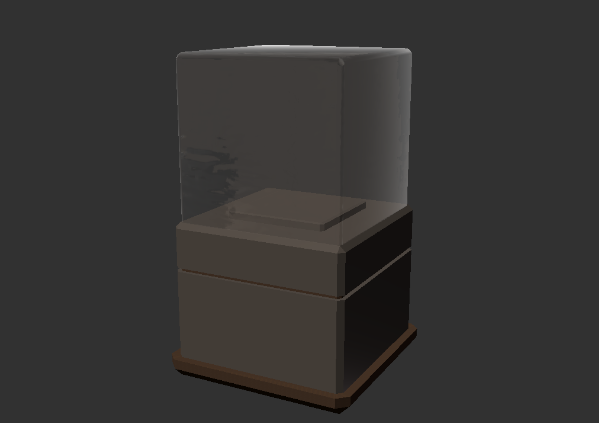 | 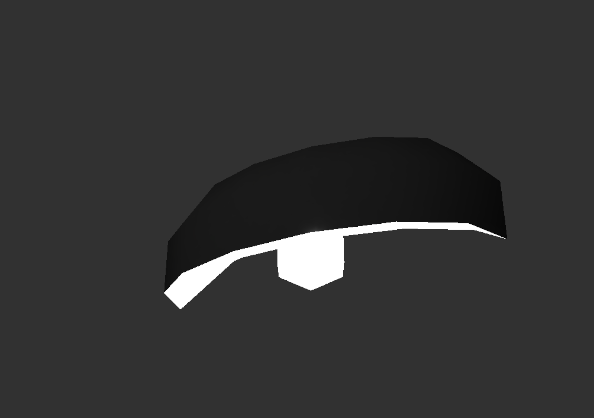 |
Future Directions
Apart from the addition of scalable rooms with more 3D assets, the project can expand its features such as:
- A fully-fledgy audio control panel
- Online music provider (Soundcloud, Spotify, etc.)
- Volume control
- Light settings
- Toggable lights
- Editable light colors
- Crowd settings
- Crowd noise/chatters
- NPCs roleplaying (Visitors, tourguides, security guards)
- Randomisation
- Randomsied placements
- Randomised art pieces
- Radomised starting locations
- More information panel features
- Flip pages
- Click into links to go online and get updated information
- Audio logs
- Readaloud function on the existing texts
References
Music: https://www.youtube.com/watch?v=uj9hqmywdgQ&ab_channel=Eternal
3D models:
Art models: https://assetstore.unity.com/packages/3d/environments/museum-vr-asset-pack-vol-iii-82997
Room models: https://assetstore.unity.com/packages/3d/environments/showroom-environment-73740
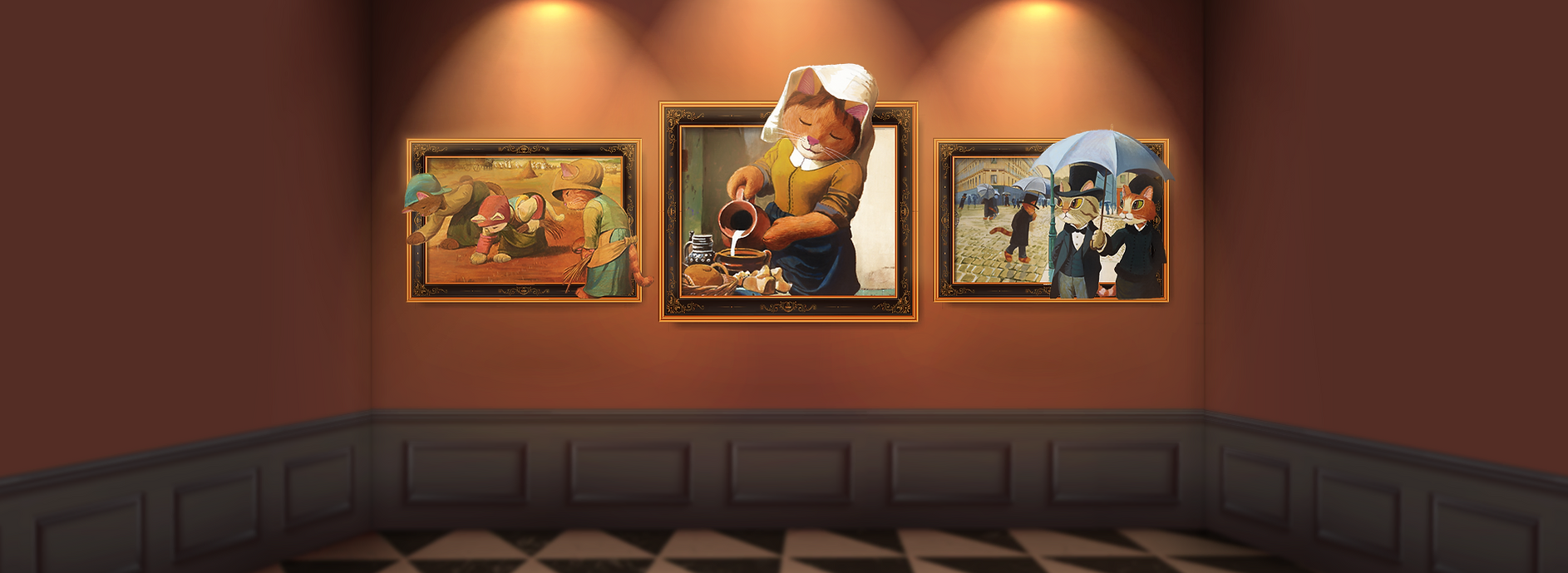
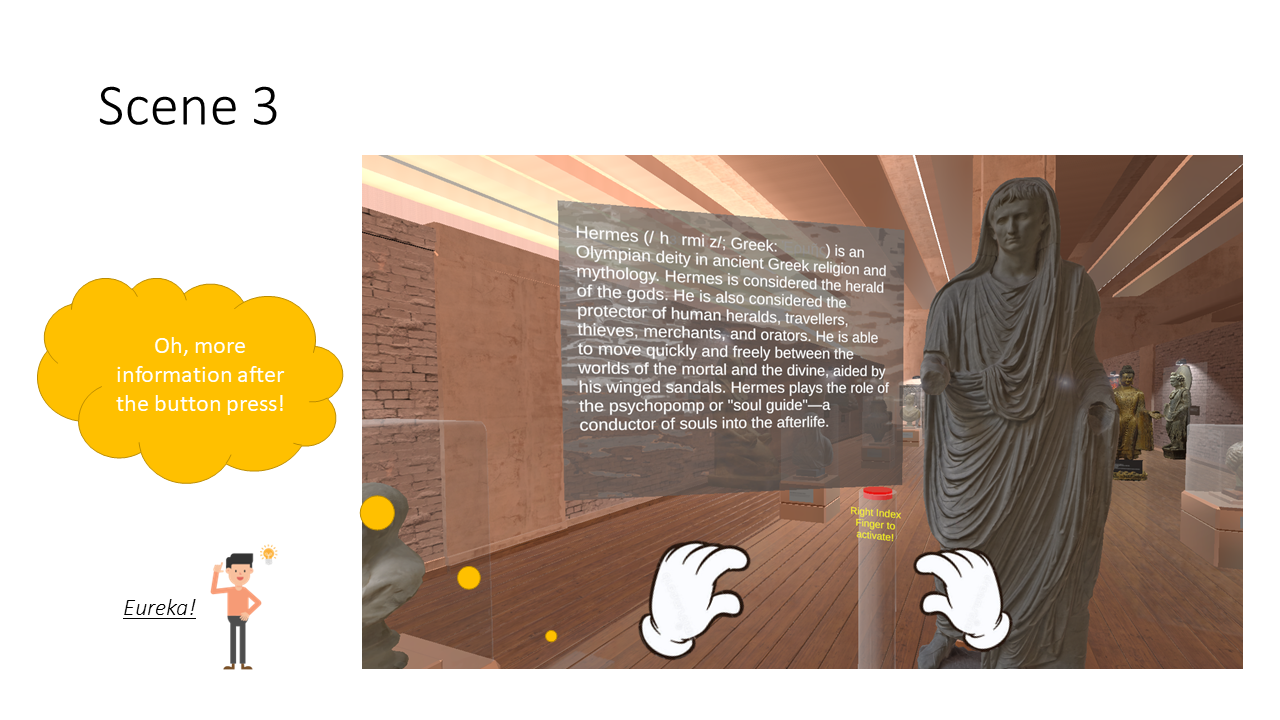

Leave a comment
Log in with itch.io to leave a comment.